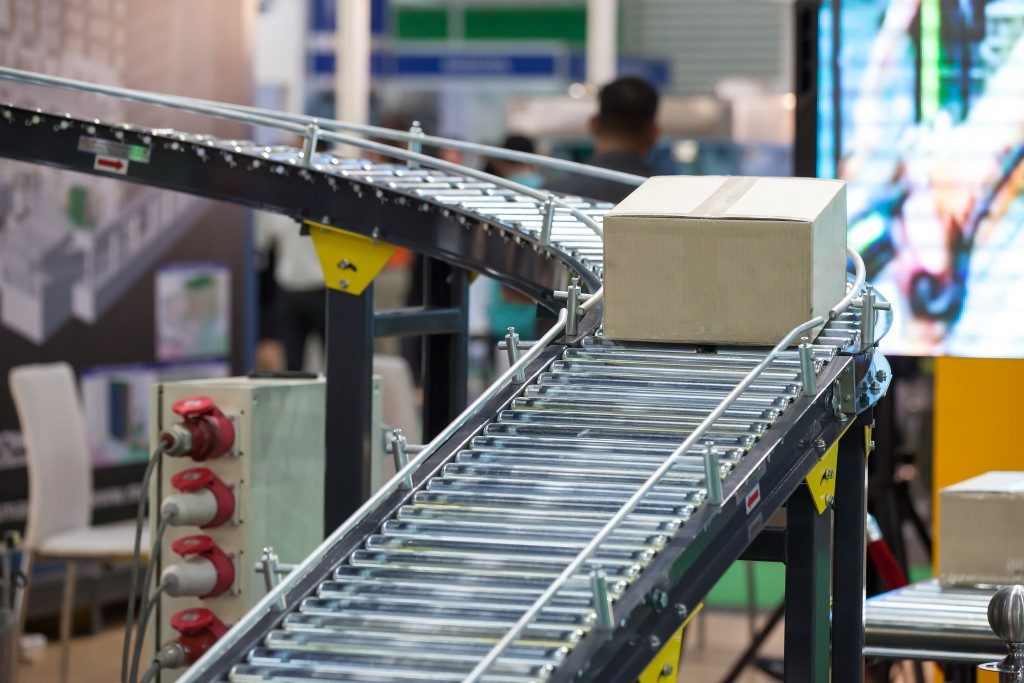Why Bother With Manufacturing Cost Reduction?
A huge chunk of the expenses incurred when making the products your company sells is in manufacturing. The higher the manufacturing cost of each product, the higher your product’s price would be to ensure that it covers all the costs (alongside marketing, administrative costs, logistics, legal fees, and other expenses) and can generate profit when sold in retail or wholesale. As such, reducing your manufacturing costs can benefit you in the following ways:
Competitive Pricing. If you’re selling a unique and in-demand product that no other company makes, then you’d have more freedom when it comes to pricing, but for companies that compete with other businesses selling the same or similar products, pricing becomes a grounds for competition. That said, you’d want to sell your products at a competitive price while still being able to make a profit, you can do so by costs that go into the product, mainly in manufacturing.
Better Profit. Reducing your manufacturing cost can benefit you in two ways. First, you’d be able to sell more products through competitive pricing. Second, the lower your manufacturing and overall cost, the higher your profit is for each product sold.
Sustainability and Reduced Environmental Impact. Reduction of manufacturing cost often entails streamlining the manufacturing process, incorporating recycling practices, and minimising waste. All of which improves the sustainability of production lowers the manufacturing process’ impact on the environment, and effectively lower the cost.
So, what are the strategies you can employ to do so?
Review and Improve The Manufacturing Process
It may be time for you to revisit your products’ manufacturing process. Take note of how much waste you make in terms of time, raw materials, and resources. Skilled and innovative product engineers can help you in determining which part of the manufacturing process produces waste and reduce the raw materials needed for those particular steps, which in turn lowers the overall manufacturing cost. You may also want to consider upgrading certain equipment that could produce better or more parts or products at a lower energy cost and raw material input.
Innovate and Recycle
In line with the previous strategy, pay attention to the waste produced in every step of your manufacturing process. Instead of throwing waste and by-products, see if you can reuse them for other batches, or in making new products. You should also consider thinking outside the box by making use of reverse logistics and product returns management. Salvage any products that have been returned for functional parts which you can either use in your current products or when developing new ones.
Suppliers
If you’ve determined that your manufacturing process is already lean (i.e. produces minimal wastes and makes the most out of every raw material), you may want to take a look at the suppliers of the raw materials used in the manufacturing process. Try to negotiate reducing prices of raw materials, or look around for other suppliers that may offer raw materials at a lower price — just make sure that they’re able to meet the demands of your production in terms of quality and quantity.
Outsourcing
Lastly, consider outsourcing. Investing in new tools and equipment, retraining staff, hiring new ones who are more skilled may not be cost-effective. There’s also your city/state/country’s regulations in labour force and minimum salary, and the possibility that the technology you need to improve production isn’t available in your area. As such, outsourcing your manufacturing to China may be the solution you need; many Chinese manufacturing firms have lower labour costs, have access to better manufacturing technology, and can comply with your business’ quality standards.
Conclusion

There are many ways for you to reduce manufacturing costs to improve competitiveness, profitability, and sustainability. But whichever way you choose, you mustn’t sacrifice your product’s quality — aim to reduce cost, sell at a lower price, but at the same quality your consumers associate your brand for.

